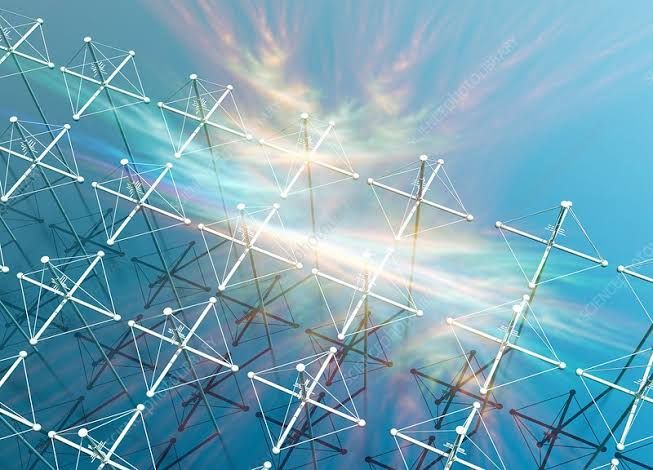Unprecedented Hailstorm in the Baltic States: Natural Phenomenon or Ionospheric Play?
On a seemingly average day, the skies over Latvia and Estonia darkened abruptly, unleashing a barrage of hailstones, some measuring an astonishing 5-7 cm in diameter. The devastating storm left a trail of destruction in its wake, damaging cars, smashing solar panels, and causing widespread panic among the residents. As

On a seemingly average day, the skies over Latvia and Estonia darkened abruptly, unleashing a barrage of hailstones, some measuring an astonishing 5-7 cm in diameter. The devastating storm left a trail of destruction in its wake, damaging cars, smashing solar panels, and causing widespread panic among the residents. As the aftermath of this meteorological event is assessed, questions arise: How common is such intense hail in the Baltic region, and could ionospheric heaters like HAARP, EISCAT, and SURA play any role?
Unusual Weather for the Baltics?
Hailstorms are not unheard of in the Baltic states, but the magnitude of the recent event stands out. Historically, hail in this region has been smaller, often less than 2 cm in diameter. The sheer size of the hailstones, combined with their destructive force, has prompted scientists and meteorologists to probe deeper into the cause.
Some climate scientists argue that the changing global climate could be intensifying weather extremes, leading to more frequent and severe hailstorms. As the Earth's average temperature rises, it might influence atmospheric dynamics, making such events more probable.
The Role of Ionospheric Heaters
Ionospheric heaters, as mentioned previously, are tools that emit high-frequency radio waves into the ionosphere, causing it to temporarily heat and create artificial auroras or other phenomena. Given the power and range of these facilities, it's worth considering if they could influence weather patterns.
However, the consensus within the scientific community is that ionospheric heaters, including EISCAT, SURA, and HAARP, do not have the capability to influence weather to the extent of causing or intensifying hailstorms. Their primary purpose is to study the ionosphere, not to manipulate weather. The energy they emit, although powerful, is minuscule compared to the natural energy required to form storms.
The Aftermath and Forward
The hailstorm's impact on Latvia and Estonia was severe. Numerous reports highlighted damaged vehicles, shattered windows, and solar panels rendered useless. Financial implications aside, the emotional trauma for many who experienced the storm first-hand is immeasurable.
As the Baltic states grapple with the aftermath, meteorologists, climatologists, and researchers will undoubtedly study this event in detail. Whether the result of natural climatic changes or other unknown factors, understanding the cause is vital. It will not only help predict similar events in the future but also guide preparedness efforts, ensuring the safety and security of the region's residents.
In conclusion, while ionospheric heaters are fascinating tools that offer insight into atmospheric processes, it is unlikely they played a role in the recent hailstorm. The broader implications of climate change and its effects on regional weather patterns demand our attention and action.




